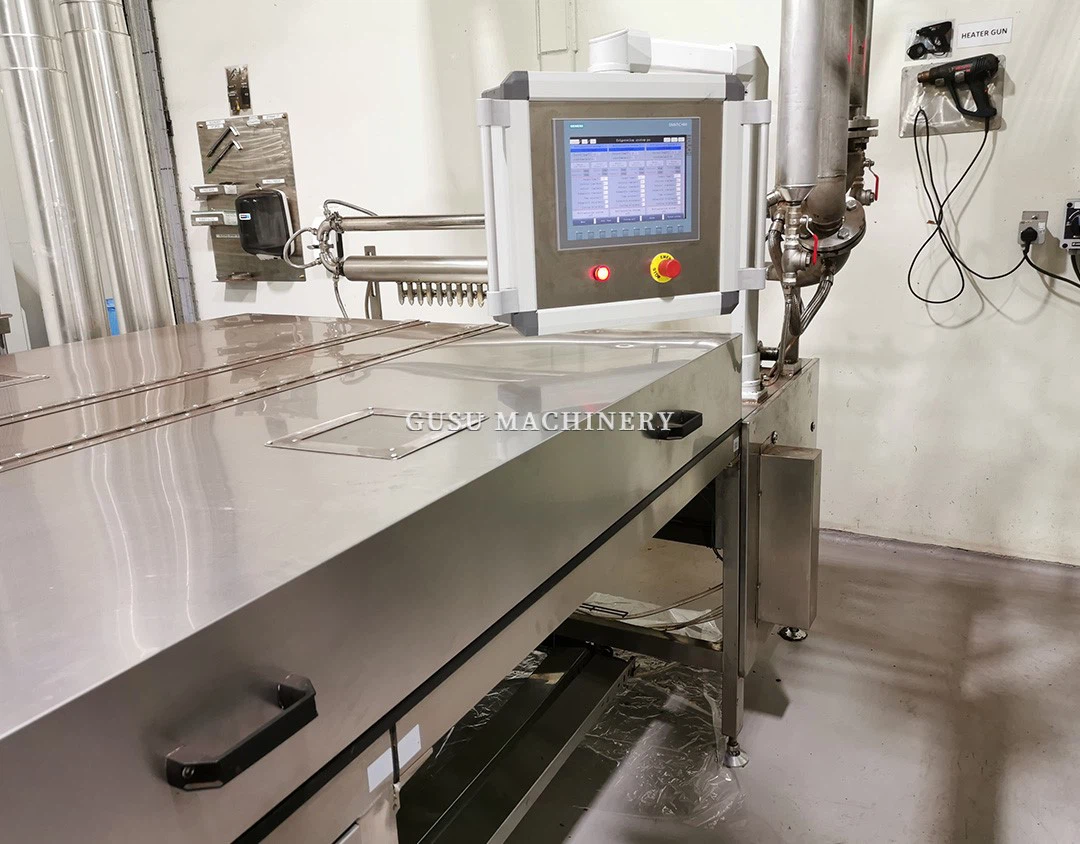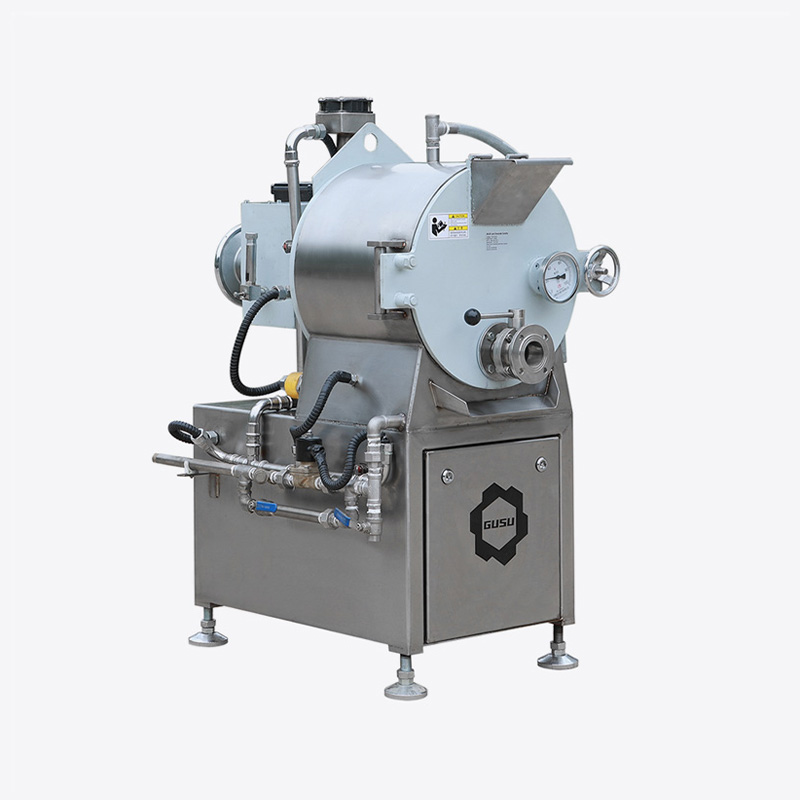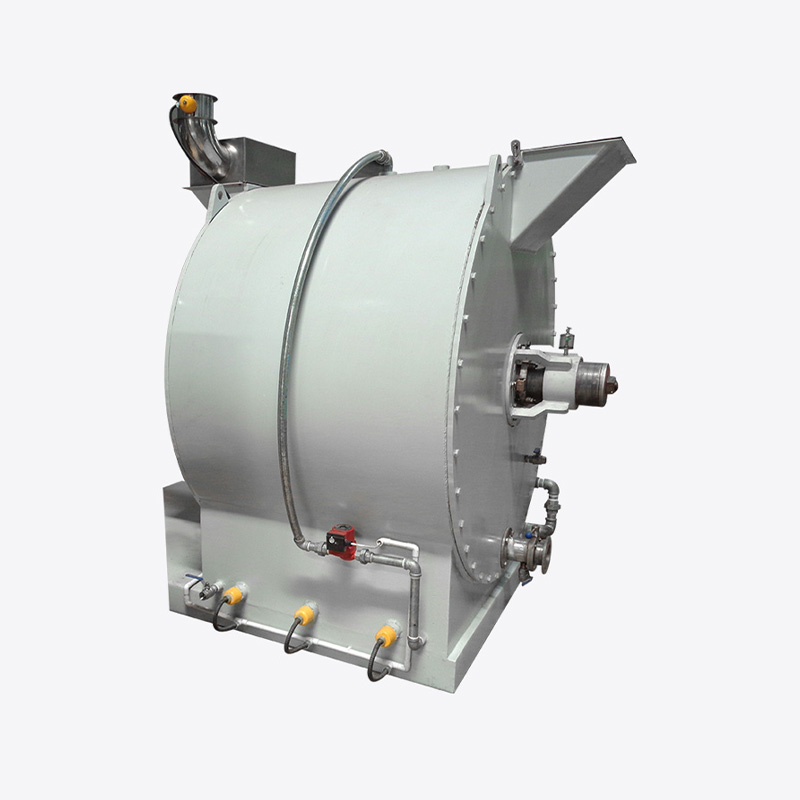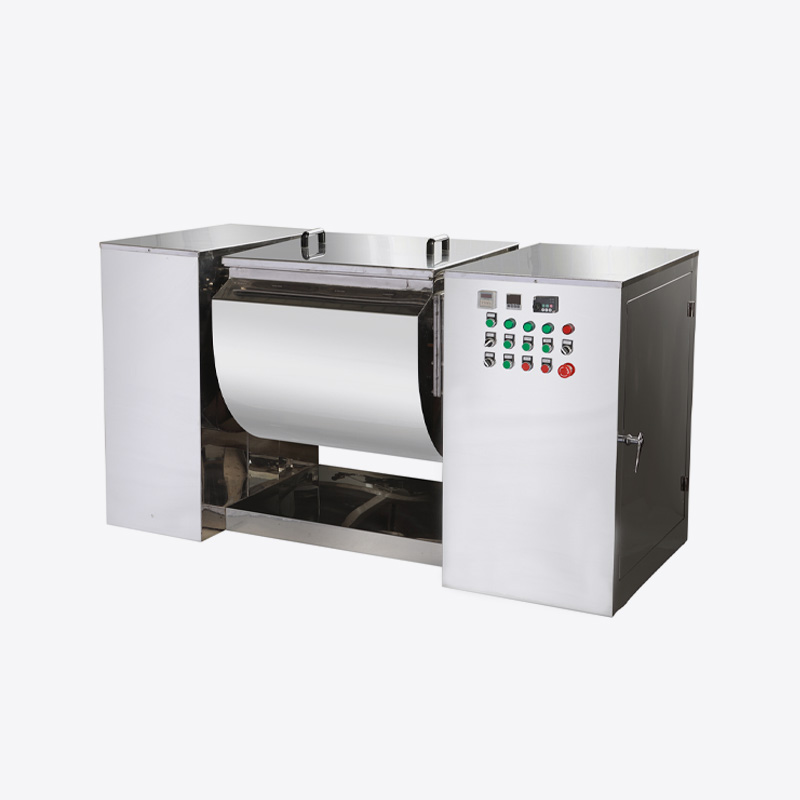A Chocolate Chips Machine is an essential innovation in modern confectionery production, designed to transform liquid chocolate into uniform, bite-sized chips. This automated solution replaces the traditional, labor-intensive process of manually cutting chocolate, offering increased efficiency, consistency, and precision. Today, it stands as a cornerstone technology in the mass production of chocolate chips used in baking, snacks, and desserts worldwide.

At the heart of the chocolate chips machine is a fully automated production line, typically consisting of three integrated stages: pouring, cooling, and breaking. The process begins with liquid chocolate being fed into a regulated system where it is precisely deposited onto a moving conveyor belt. This is achieved through a carefully designed pouring mechanism that ensures evenly spaced drops of chocolate are laid out in a consistent pattern. The pouring unit often includes thermal insulation features to maintain the optimal temperature of the chocolate, preventing premature solidification or flow irregularities.
Once the chocolate droplets are placed onto the belt, they pass through a cooling tunnel. This enclosed chamber is maintained at controlled temperatures to allow the chocolate to solidify into its final chip shape. Cooling is critical not only for setting the shape but also for achieving the desired texture and gloss on the finished product. The duration and temperature within the cooling tunnel are carefully managed to prevent cracks, warping, or surface imperfections.
The final stage of the process involves converting solidified chocolate sheets or strips into uniform chips through a breaking mechanism. As the cooled chocolate exits the tunnel, it enters a cutting or breaking zone where rotating blades or fixed plates fragment the material into precisely sized chips. This stage ensures that the final output meets standard dimensions, making it ideal for packaging or further use in culinary applications.
The impact of the chocolate chips machine on the chocolate industry is transformative. One of the most notable benefits is the dramatic improvement in production efficiency. Where hand-cutting chocolate once required significant labor and time, automated machines can now produce large volumes of chips with minimal human intervention. This has allowed manufacturers to scale up production while maintaining consistent quality.
Uniformity is another major advantage. Chocolate chips created by machine are virtually identical in size and shape, which is particularly important in commercial baking. Uniform chips melt evenly, blend consistently, and provide a more appealing aesthetic in finished goods such as cookies, cakes, and energy bars. This level of consistency is difficult to achieve through manual processes.
Moreover, the use of chocolate chips machines contributes to cost reduction. By automating the process, labor expenses are minimized, and material waste is significantly reduced. This streamlining leads to lower production costs and, ultimately, more affordable chocolate products for consumers.
Beyond operational efficiency and cost savings, chocolate chips machines have also inspired innovation in the culinary world. With a steady supply of uniform chocolate chips, chefs and bakers are able to experiment more freely, incorporating them into a wide range of creative dishes—from artisanal breads to gourmet desserts. The versatility of chocolate chips has broadened their application, becoming a staple ingredient in both industrial production and home kitchens.



 English
English Español
Español









